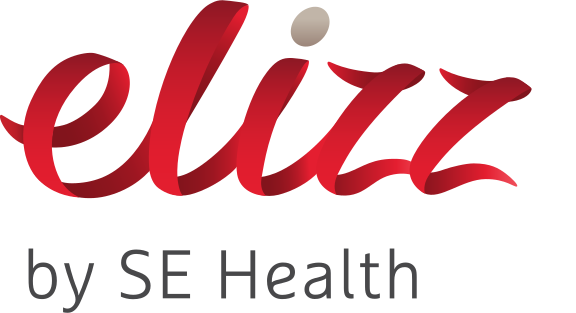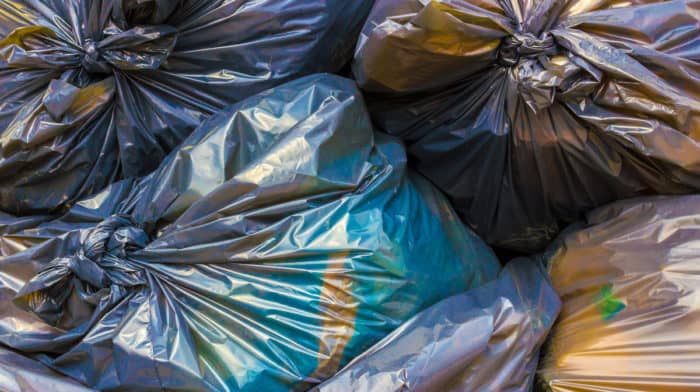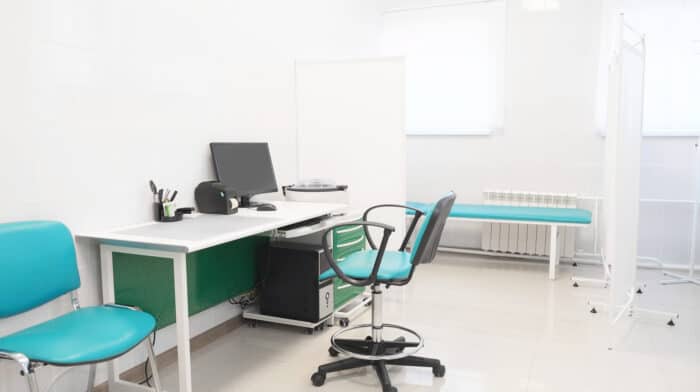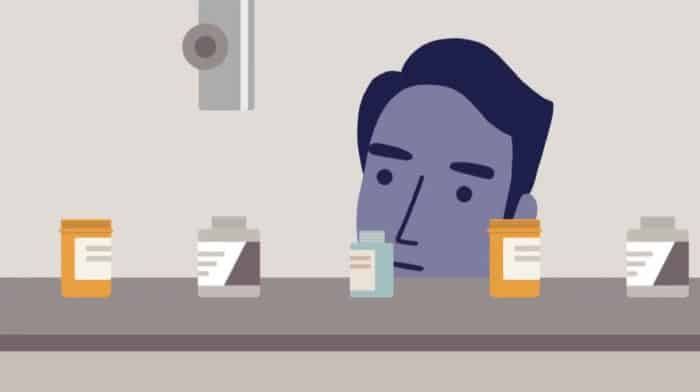How to Safely Dispose Of Medical Waste
One of the challenges that a caregiver faces is determining how to properly manage waste, especially medical waste. Medical waste removal isn’t hard to do properly. You just need to know how to do it. If healthcare waste is not dealt with properly, it can be hazardous to you, and anyone else who may come into contact with it after disposal. In this video, we’ll teach you how to identify home healthcare waste, identify bio-hazardous waste, and safely dispose of both to minimize any possible health risks.
As a caregiver, an important part of your role is to make sure any medical waste in the home of the person you’re caring for is safely disposed of.
If healthcare waste is not dealt with properly, it can be hazardous to you, and anyone else who may come into contact with it after disposal.
In this video, we’ll teach you how to identify home healthcare waste, identify biohazardous waste, and safely dispose of both to minimize any possible health risks.
So, what exactly is healthcare waste? Basically, it’s any waste that is produced during the physical care of the person you’re caring for.
This includes disposable gloves, soiled dressings, and incontinence products. For a complete list, take a look at our care guide
To safely dispose of these items at home, double bag them and make sure both bags are tightly closed with a knot or a twist-tie.
Never put any home healthcare waste in the recycling bin. These items are not recyclable.
Certain types of medical waste are considered to be biohazardous and pose a greater risk of injury and infection than regular home healthcare waste.
Biohazardous home healthcare waste includes human blood and sharps.
Sharps are any item with sharp or pointed edges that can puncture the skin like needles, syringes, injectors, injection pens, and lancets.
Never put any of these items in the regular garbage, recycle or organics bins, and don’t flush sharps down the toilet.
Always place discarded sharps and human blood waste in an approved biohazard container for safe disposal.
You can also get approved containers and disposal advice from your local pharmacist. All approved containers must be labeled with the universal biohazard symbol.
Your province or region may offer programs to help you dispose of biohazardous waste like sharps.
Programs like the Ontario Sharps Return Program is one such example that provides a safe and easy way to dispose of any sharps you may have in your home.
To learn more about sharps and where you can dispose of them, take a look at our Care Guide.
Proper disposal of home healthcare waste is key for keeping both you and the person you’re caring for safe.
While this video is a good starting point for learning how to safely dispose of healthcare waste, it is not meant to be a comprehensive guide.
For more detailed information, click our link to see our Careguide.
Be sure to subscribe and watch our other videos for additional caregiver support and resources.






